 |
| Chuck Close “Phillip Glass” 1969 |
If what you’re doing doesn’t require a new technique, than what you’re doing probably isn’t new.
-Phillip Glass
In my education as an artist the two art forms that helped inform me about art history throughout time and place it into its context has always been architecture and music. Its easier to understand Tiepolo if you see Baroque palaces and hear Handel’s music. Its easier to understand Romanticism with the accompaniment of Beethoven and Gothic Revival buildings. One of the great difficulties of understanding Modernism has been placing it in its context. For me there is no better soundtrack to Late Modernism than Phillip Glass (1937-)
Post-War American Modernism was the apex of The Modernist Experiment. Its often referred to as an Experiment because for the first time in history artists of all disciplines were working together to completely redefine art from anything that had come before, building upon one another’s discoveries like scientists. Artists intentionally detached themselves from any traditional history that had come before them. A new art for a new age. Writers like Joyce and Ginsberg experimented with doing away with the conventions of the English language reinventing vocabulary and grammar. Architects like Meis Van der Roe and La Corbusier eliminated any traditional forms of the past in buildings like arches and masonry to try to create a new kind of space from new materials. Painters too eliminated all ties to traditional craftsmanship, eliminating the perspective, draftsmanship and “Illusions” created in the Renaissance to create a new kind of picture making, to try to capture the pure essence of images.
Whether you enjoy Modern art or not is irrelevant, it was one of histories most earnest efforts to create a new and authentic art culture since the dawn of the Renaissance in the 15th century. For me the paintings and sculptures of the Modern movement are the least evocative medium of the era. For me the design, architecture and mostly, the music are the most informative works of this time, and Phillip Glass was the master of the movement. Glass’ early atonal work is definitive in its conception. Like the design, architecture and paintings of the period, Glass removes all the traditional structures of music that had preceded him in the Western tradition and strips music down to its barest basics of sound. Eliminating harmony, structure and tones, he composes raw sound,and uses new technology to create these revolutionary designs.
In Phillip Glass’ seminal 1976, 5 hour opera “Einstein on the Beach” he takes the highly refined form of opera and completely reinvents the medium. Taking his inspiration from the purely abstract methodology of theoretical physics and mathematics and translating its concepts into sound. Repetitive sequences, atonal phrases orbiting and swirling in seemingly random order, but if you listen carefully you start to see the patterns, the strings binding the music together, and what had seemed a simple repetitive phrase, becomes infinitely complex in its minute details.
Glass’ Minimalist works from this period were often as difficult to listen to as a dissertation on physics, but no less fascinating. Likewise the paintings of the time which were exploring similar themes can be equally daunting but equally rewarding. Looking at the paintings of Clifford Still, Josef Albers, Yves Klien and others can be greatly enhanced by listening to Glass simultaneously. It is a discipline that takes concentration and practice, but for the same aesthetic purpose of a zen garden, minimalism forces the viewer to look inward.
By the late eighties Phillip Glass (along with the entire art world) abandoned minimalism and to a greater extent Modernism. Glass evolved in the Post-Modernist period to re-embrace symphonic styles of music, but never loosing his unique sound producing award winning pieces for symphonies, opera and film such as his Bafta award winning score for The Hours (2002). Glass has become a ubiquitous and prolific composer in all mediums collaborating with pop musicians, film scores, television and art installation and today is considered one of the most important artists of this century. Today as we all grapple with new techniques and new concepts in new media that were hardly imaginable just decades ago, I find it fascinating, and I find inspiration, in an artist who plunged himself entirely into a technological, scientific world and came out with art.
Enjoy,
WOC
Glass: A Portrait of Phillip in Twelve Parts
Einstein on theBeach
Einstein on the Beach:
 |
| Robert Motherwell |
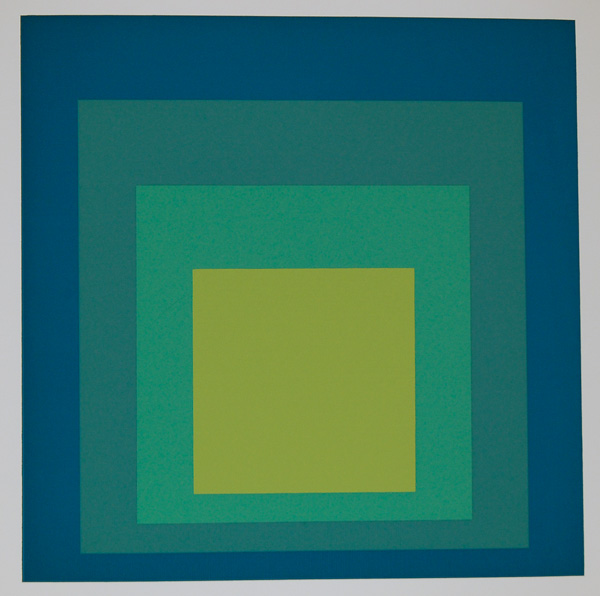 |
| Josef Albers |
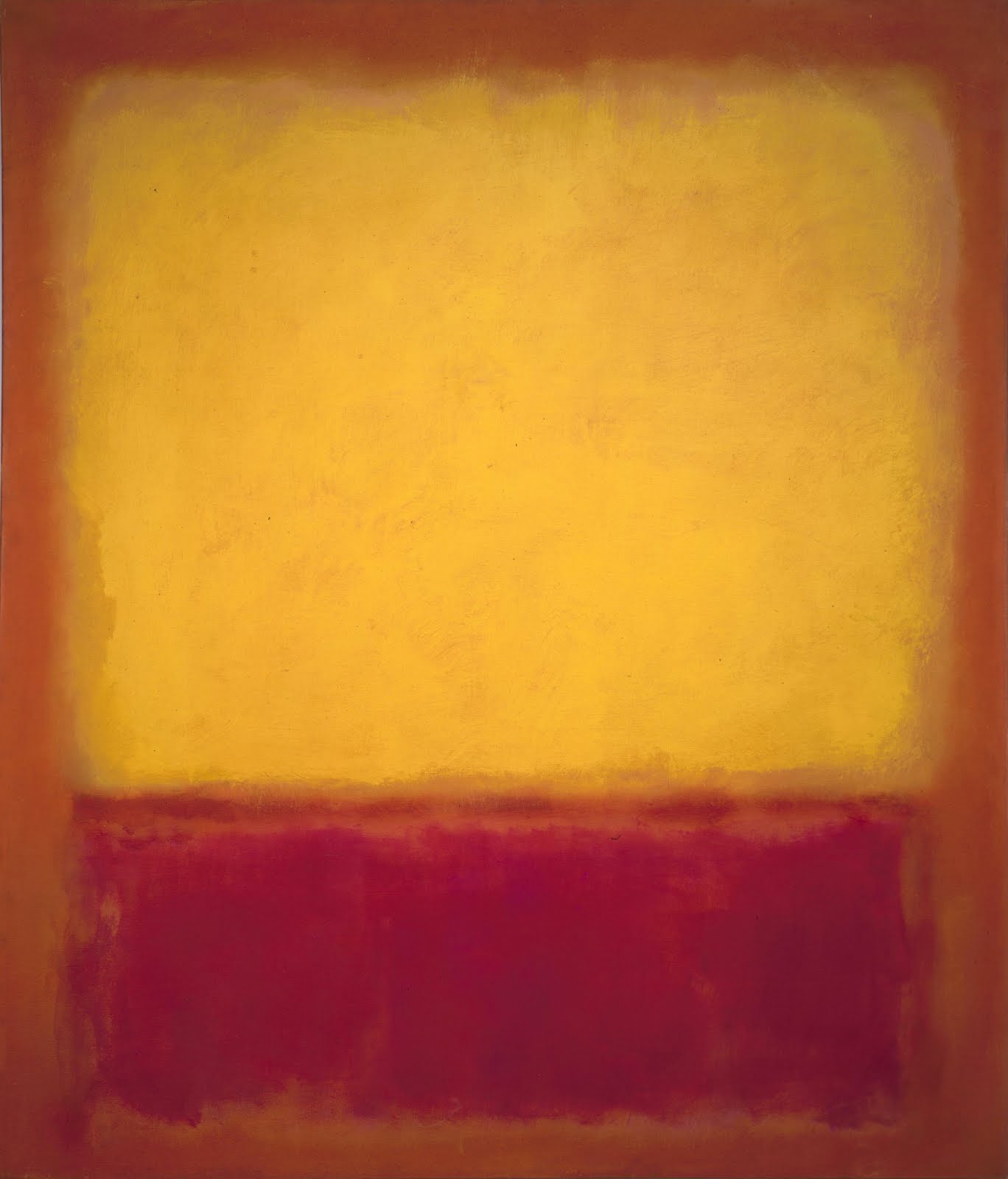 |
| Marc Rothko |
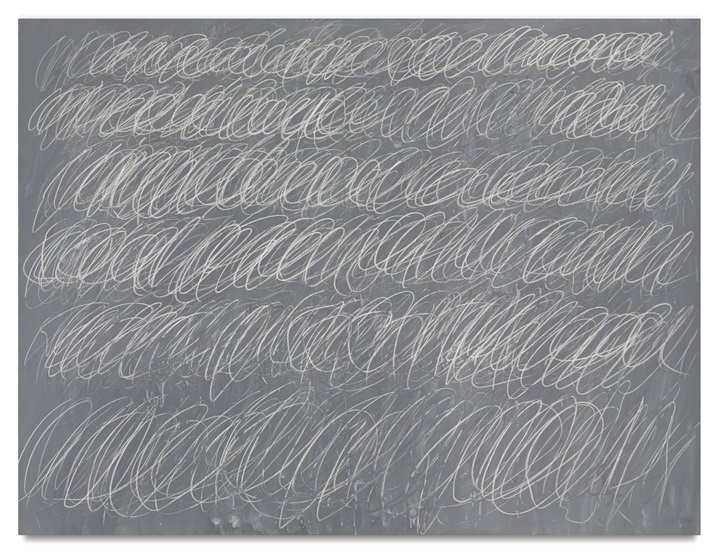 |
| Cy Twombly “Untitled” 1968 |
 |
| Clifford Still |


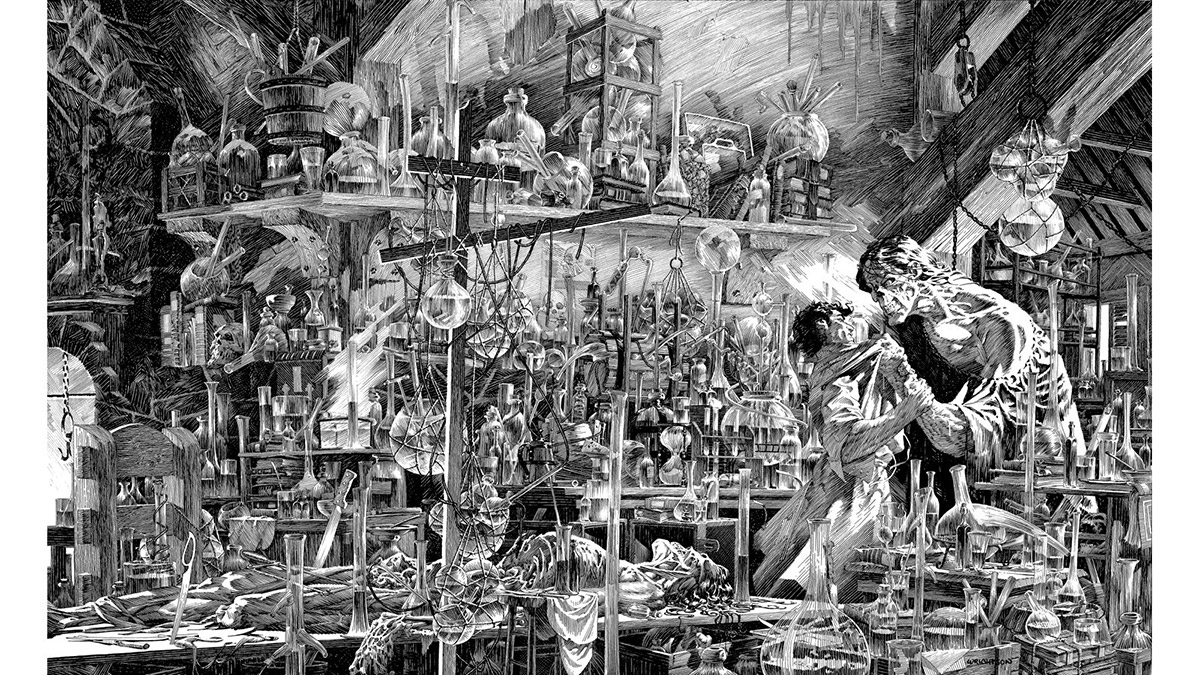
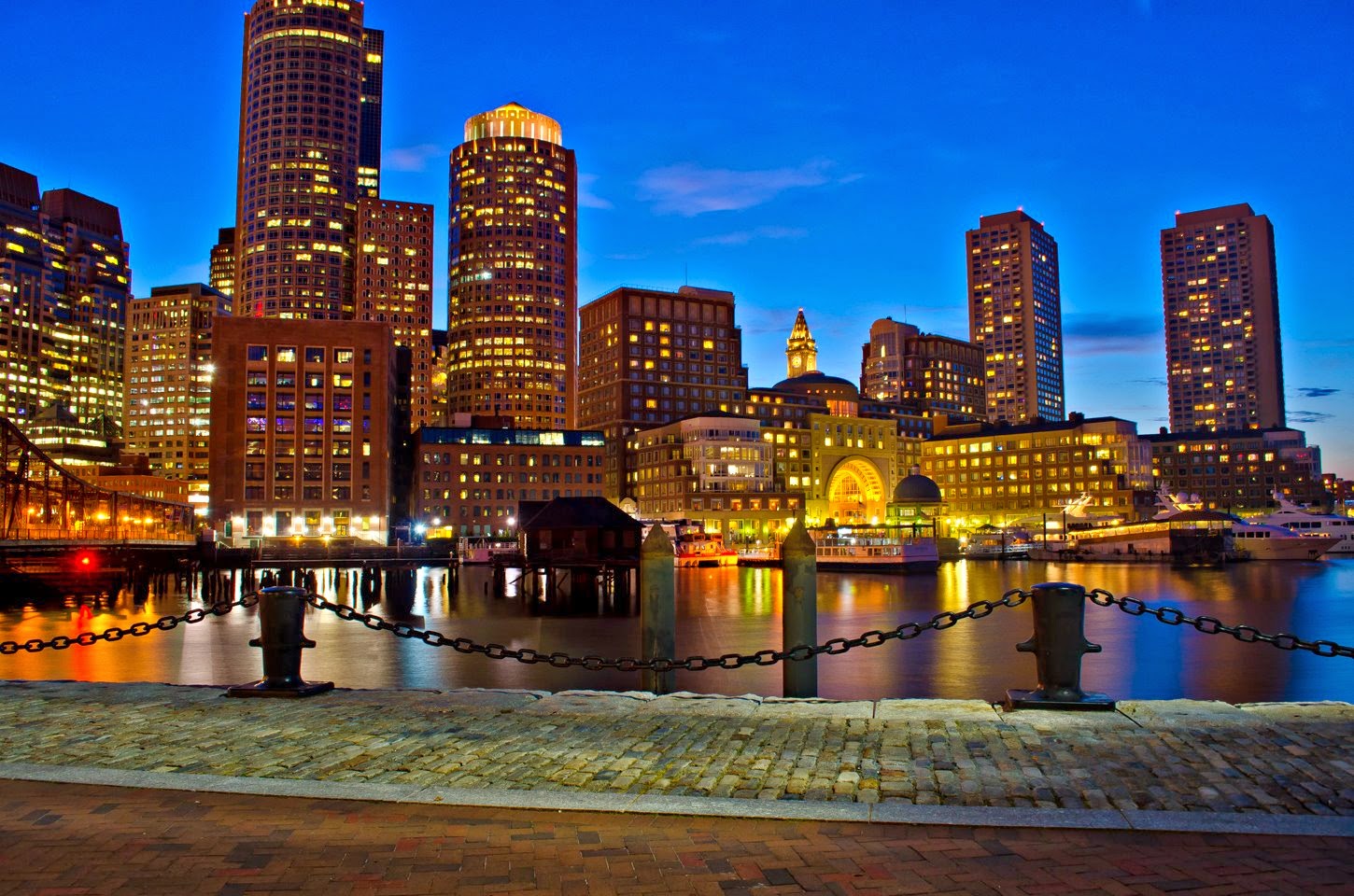
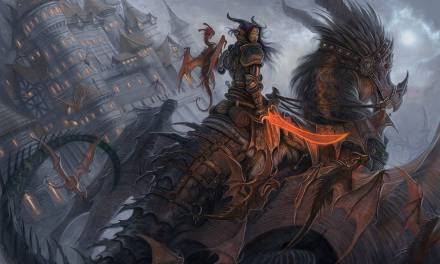
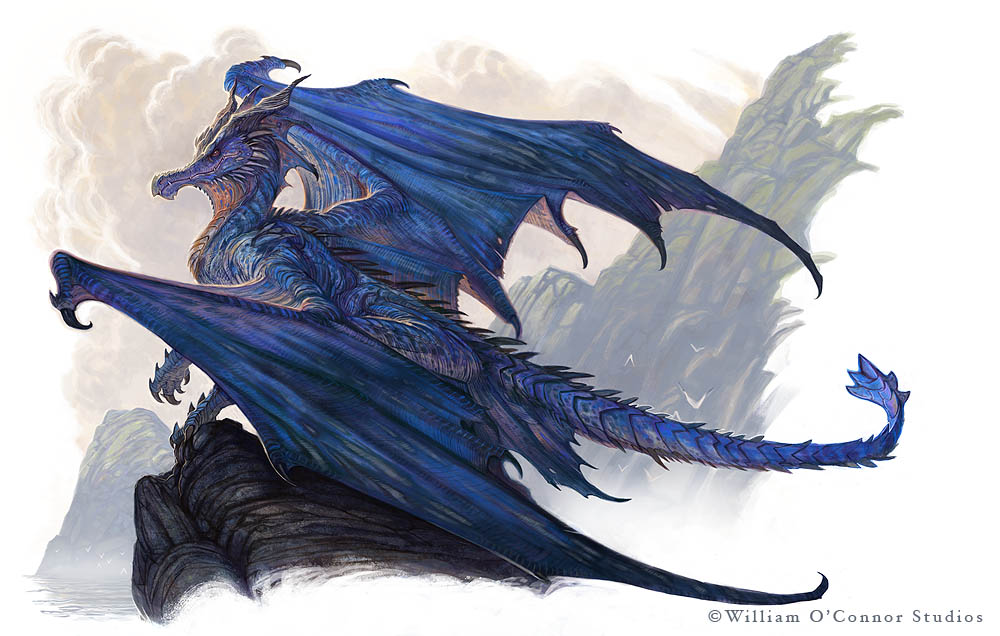
If art is anything it is communication. For nearly entire span of human existence art was meant to speak to the viewer. Whether a carved wooden tribal idol or an elaborate painted landscape or a perfectly harmonious symphony, art has always been able to speak to the learned and the unlearned, the scholar and the layman.
At it's very best there is a conversation that can happen with the work and the viewer- the artists meaning being clearly unraveled in the viewing- but at the very least there can be an appreciation of the sheer beauty of the work. …For instance, I don't need to know who Sargent was or what exactly was going on in his head when he painted “Madame X” for me to be utterly blown away by it on first seeing it, but that's exactly what happened.
…But not so with modern art. Now it's no longer about the piece as much as the theory behind it or the person behind it. Which is why I generally consider modern art a scam. It's a con job. I have to be shown or convinced that I'm seeing something worth seeing rather than deciding on that myself. …The art no longer speaks to the viewer as much as the one trying to sell it does.
But, you know… there y'go.
What an excellent post William I found it very interesting.
As Philip Glass said if you don’t like my music don’t listen to it there is plenty of other music out there.
Of cause in the 60's if I’d dismissed Milton Babbitt and other modern composers I would have missed so much.
If you want to fully understand the Classical art of the Renascence you need to read the Classical philosophers in particular Plato and his thought on the Ideal.
In the same way if you want to get the most out of Post Modern Art you need to read the Post Modern Philosophers such as Jean-Francois Lyotard.
Thanks for the YouTube links.
That is honestly some of the most annoying music I have ever heard. I appreciate the fact that sometimes you have to tear down an art form to build something new among the rubble (punk music did that, as well), but I can't say I enjoy listening to the process. I tend to agree with the sentiments already expressed above: if you have to explain art to someone, it probably isn't working. But to each his own. Anyway, I appreciate the article. It is always refreshing to hear about artists who push the boundaries, even if I don't personally enjoy their work.
Thanks for all the impassioned responses positive and negative. I intentionally like to pick artists from time to time that I know will upset the Muddy Colors community just so I'm not preaching to the choir all the time about how awesome Sargent is. Keep talking!
It is indeed possibly the most annoying music. But as you listen to it, its like Tibetan Monk chant, very mezmorizing…thanks for giving it a try.
good notes, reading and learning are always important. I always enjoy art more when I can read about what the artists were thinking.
personally I can be very moved emotionally by modern art. The idea behind it was that it was in fact universal, not rooted in any one cultures history but could be viewed and enjoyed by anyone anywhere with no education whatsoever. Thats one of the great misconceptions about modern art, is that you have to understand the theory to understand the art, when in fact that was what they were trying to rid themselves of. A splat of paint is just a splat of paint, no theory, no history, no mythology to be constrained by. Its just paint on a canvas for the shear pleasure of smearing paint. In that respect I enjoy it very much because as a painter, I love smearing paint on canvas. Thanks for your thoughts!
also… As impressive as Sargent's paintings are on first glance, in order for them to be understood, they too need to be explained in their context. Madame X is probably the best example… read: “I am Madame X” by G. Diliberto. It explains the artistic, cultural and social meaning behind the paint and why it is so famous.
“To the first comment “
I don't agree modern art
Happened because everyone got tired of the old way of art
Anatomy ,shadow ,bla bla bla
Artist started to rebel against art by fighting the norm
Then modern art was born
And also if art is communication then
Modern artist are masters of it
Like jackson pollock
His art speaks emotion pure emotion
He doesnt need to show fancy figures to explain his emotion ,he doesnt have to make a good composition to explain it well or many studies to see if it works jackson pollocks paintings are spontaneous
Drips of paint
But for some reason it accrately interprets the abstract human emotion
I notice that my response, and at least one other persons, from August 6, have apparently been deleted.
Really?
“If you have to explain art to someone, it probably isn't working.” I think this is very true for Illustration, which by it's very definition is about communicating a narrative. But that's certainly not true for all art. Some art is meant to be mysterious, or meant to raise questions in the viewer's mind.
If that is true, it certainly wasn't intentional, Joel. I delete literally HUNDREDS of spam comments a week here, and it's possible I deleted something that wasn't spam by accident. Sorry about that. We certainly don't censor comments here.
On second thought, it's quite possible the other person simply deleted their post, and your reply went along with it.
well for me I give an artwork about 30 seconds max, if it doesn't grab me, game over. The old “you've got to understand me trope” is just that. I don't have to understand-the artist has to fully realise and communicate, impress, and earn my valuable attention.
Modern art doesn't want to be understood, which I genrally feel is an obtuse “arty-trick” like a lot of poets. Well I for one won't waste my time.